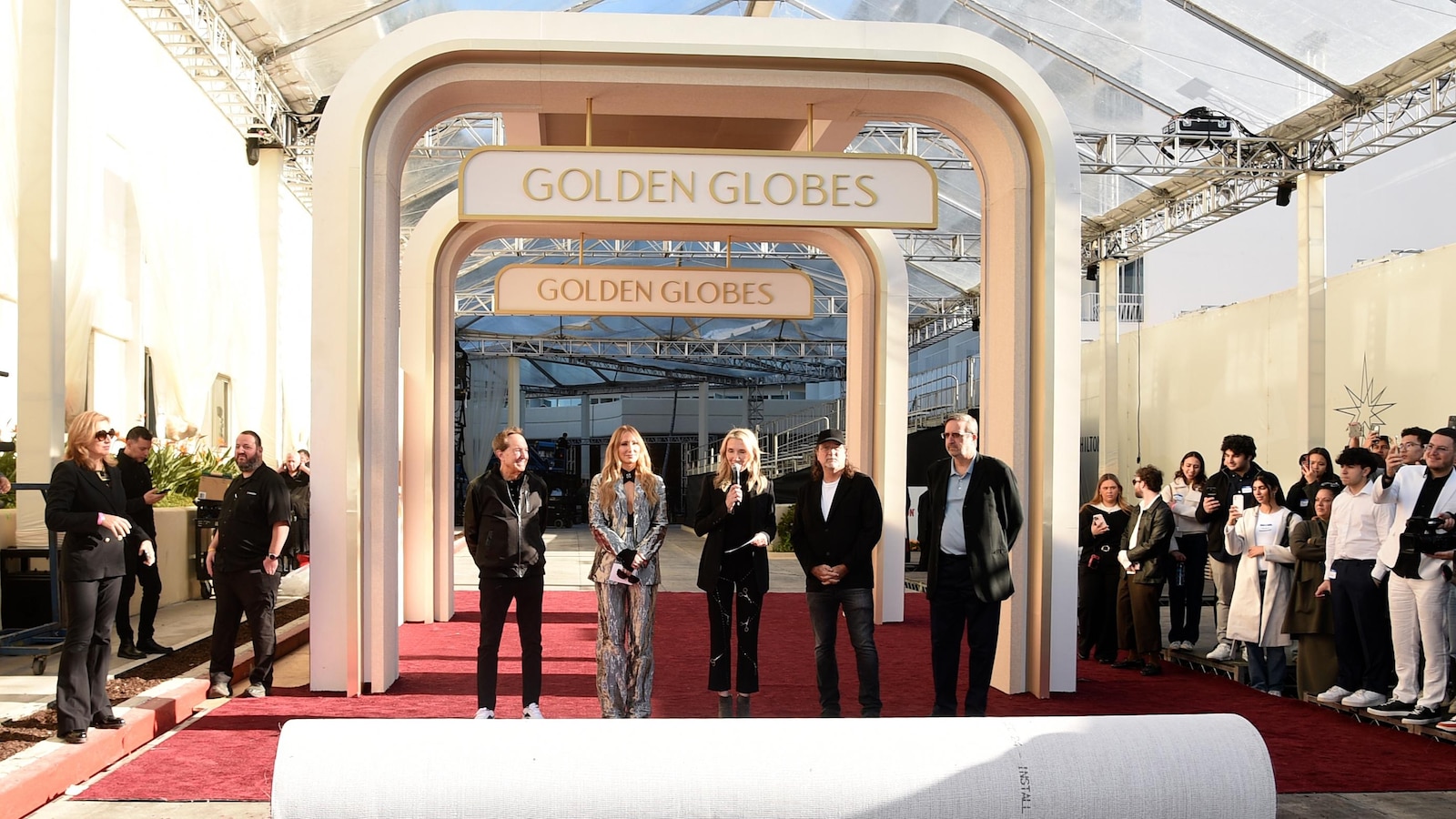Literary Lübeck
Lübeck – Queen of the Hanseatic League – has a fading charm and vulnerability absent from the likes of Berlin, Munich and Hamburg … and most of Germany. I loved my trip there, wandering the cobbled streets, climbing every brick gothic church tower – generally alone! Thomas Mann wrote the unbearably sad novel Buddenbrooks there, then fled to the US from nazism in 1939. The Tin Drum author Günter Grass lived and worked in Lübeck in later life. Visit their former houses, now museums, the Grass-Haus and the Buddenbrook Haus. A singular German city, full of history and significance.
Martin Charlesworth
Gothic marvel of Marburg, Hesse
Marburg, the small, ancient university town about an hour by train north of Frankfurt, is a fairytale destination, not least because it was once home to the Brothers Grimm. Every cobbled lane leads uphill to the castle, which looms above Marburg’s timber-framed Oberstadt. The castle was host to Martin Luther in 1529, and the Elisabethkirche, one of Germany’s earliest gothic churches, was an important medieval pilgrimage site. One of the main attractions is at the town hall, where, at midday, locals and visitors congregate to witness a brass cockerel (the Gockelhahn) flap its mechanical wings to mark the hour.
Anna
Brilliant viewing tower, Stuttgart
For a fernsehturm (viewing tower) that outdoes Berlin, take one of the little yellow trams, which then become a funicular, up Stuttgart’s spiralling streets. The views from the tower towards the Black Forest are stunning, and the external viewing platform will have you wondering whether it is gently swaying, or if it’s just your knees wobbling. Stuttgart is a leafy city with great art at the Kunstmuseum and archaeological finds at Landesmuseum Württemberg, and the Swabian cuisine and wines in the local Weinstuben are lighter and tastier than in many other major cities.
Tim Proctor
Profile
Readers’ tips: send a tip for a chance to win a £200 voucher for a Coolstays break
Show
Guardian Travel readers’ tips
Every week we ask our readers for recommendations from their travels. A selection of tips will be featured online and may appear in print. To enter the latest competition visit the readers’ tips homepage
–
Monastic day trip from Munich
About 25 miles south-west of Munich is Andechs Monastery – Bavaria at its most idyllic and authentic. Sitting atop Ammersee (Lake Ammer), this Benedicitine monastery and pilgrimage church is popular for its brewery, restaurant and beer garden. It makes the perfect day out: take the S-Bahn from Munich to Herrsching, then hike 40 minutes gently uphill through lovely forest. On arrival, reward yourself with steins of great beer and Bavarian fare. Call into the beautiful St Martin’s church on your way back down to Herrsching, where you can have an ice-cream by the shores of the lake (or take a dip) and watch the boats before returning to Munich.
Sonutschka
Culture and art in Nuremberg
If you can, spend time in the beautiful city of Nuremberg, with its amazing museums: the Germanische Nationalmuseum is the equivalent of the British Museum and is the largest German cultural history collection. The Neues Museum has an impressive collection of paintings by renowned visual artist Gerhard Richter and the Zukunftsmuseum is a great science museum. Stay at the Karl August hotel (doubles from €159 room only) with its stunning modern design, spectacular spa area, friendly staff and delicious breakfast (€28, served – instead of buffet – to minimise food waste).
Till
A bike ride by the Baltic via Rostock
I had a brilliant time in Germany last summer cycling the Baltic Sea Cycle Route. I put my own two-wheeler on the train at Birmingham and got off in Wismar, northern Germany, then followed the well-signposted route around the charming seaside village of Kühlungsborn. I stopped for a bit of beach time at Warnemünde and had some sardine sandwiches and delicious soft Baltic Berry ice-cream from simple seaside cafes. Rostock is a lovely Hanseatic city with some stern old stone buildings. From here I put my bike on a ferry to car-free and calm Hiddensee island for a couple of quiet nights. Going back to the mainland, Sellin welcomed me with grand elegant villas and an art deco-style 1920s pier and a great footpath under the striking chalk cliffs of the Jasmund national park. I finished my trip by sitting on the white chalk “King’s Chair” (Königsstuhl) cliff, gazing out to sea – feeling like a king.
Bill
after newsletter promotion
Touring Reformation country south of Berlin
In 1517, Martin Luther nailed his 95 Theses to the door of the Schlosskirche in Wittenberg, forever changing the western world by kicking off the Reformation. Exploring this corner of eastern Germany will reveal beautiful towns and vibrant cities rarely visited by western tourists. Wittenberg, 60 miles south-west of Berlin, itself is a medieval marvel on the River Elbe. Off the beaten track is Eisleben, a half-timbered town where you can visit Luther’s birthplace. The Wartburg is an imposing castle towering over Eisenach. Finish your trip in Halle (also called Saale), a vibrant university city near Leipzig. Luther’s death mask can be seen in the Market Church, where he also gave some sermons. Here, another great German, composer George Frederick Handel, was baptised and played the church’s organ when studying. Wilhelm Friedemann Bach, eldest son of Johann Sebastian, was organist here from 1764 to 1764.
Nick
Punk ethos and Turkish delights, Kreuzberg, Berlin
Berlin’s large Turkish community has left an indelible mark on the culinary and artistic culture of the city as a whole, and it is in the neighbourhood of Kreuzberg where this unique fusion is best experienced. Start with a meal at Mardin restaurant, which serves the best kebabs I’ve had outside Turkey, along with perfectly frothy ayran – a salty yoghurt-based drink. Afterwards, find a concert at one of many characterful venues. SO36, named for the area’s cold war era postcode, began life as a punk venue, but has now also become a centre for Turkish and queer culture – I was fortunate enough to see the psychedelic pop singer Melike Şahin here. The venue has retained its punk ethos and remained firmly rooted in the local community while also playing host to Turkish and other international stars in a wonderfully intimate, hole-in-the-wall setting, which wears its history of artistic and political radicalism with great pride, epitomising the multicultural Berlin with which I fell in love.
Bruno
Cologne beyond the cathedral
I really enjoyed Cologne while visiting my daughter. It’s such a relaxed city, with a large student population. Away from the incredible gothic cathedral – Germany’s most popular attraction – there’s history to be discovered in all sorts of places that are best explored by bike on cycle lanes and routes through numerous parks. The city museum, Kölnisches Stadtmuseum, which recently moved to Minoritenstraße, is a good start. Some places are beautiful, such as the botanical garden with its French baroque, English landscape and Italian renaissance spaces. Others are less so, such as the brutalist Kirche Christi Auferstehung (Church of the Resurrection) until you step inside. It’s very thought-provoking, typical of a city shaping its future from a difficult past. And there are the art museums, concert hall, the Rhine and two parkruns.
Mark Anstee
Winning tip: oompah bands and lager on Königssee, Bavaria
Last summer my partner and I camped and railed around Germany, utilising the €49 Deutschland-Ticket offering unlimited public transport, countrywide, for a month. A highlight was exploring Königssee in the Berchtesgadener national park, Bavaria. This small resort offers fantastic hiking and biking routes of varying difficulty levels. In summer, whether you have climbed on foot or taken the Jennerbahn cable car, beer garden season is in full swing so you can toast atop the mountain with an oompah band playing and a cold stein in hand. Königssee lake is fed by icy-clear glacier water, ideal for an invigorating swim, and you can explore further into the park by boat. Campsite Mühlleiten is 40 minutes by bus from Salzburg and connected by rail to Munich (Berchtesgaden station is a 40-minute walk away, or 10 minutes on the bus). Enjoy, and try the Berchtesgadener hell!
Becky






